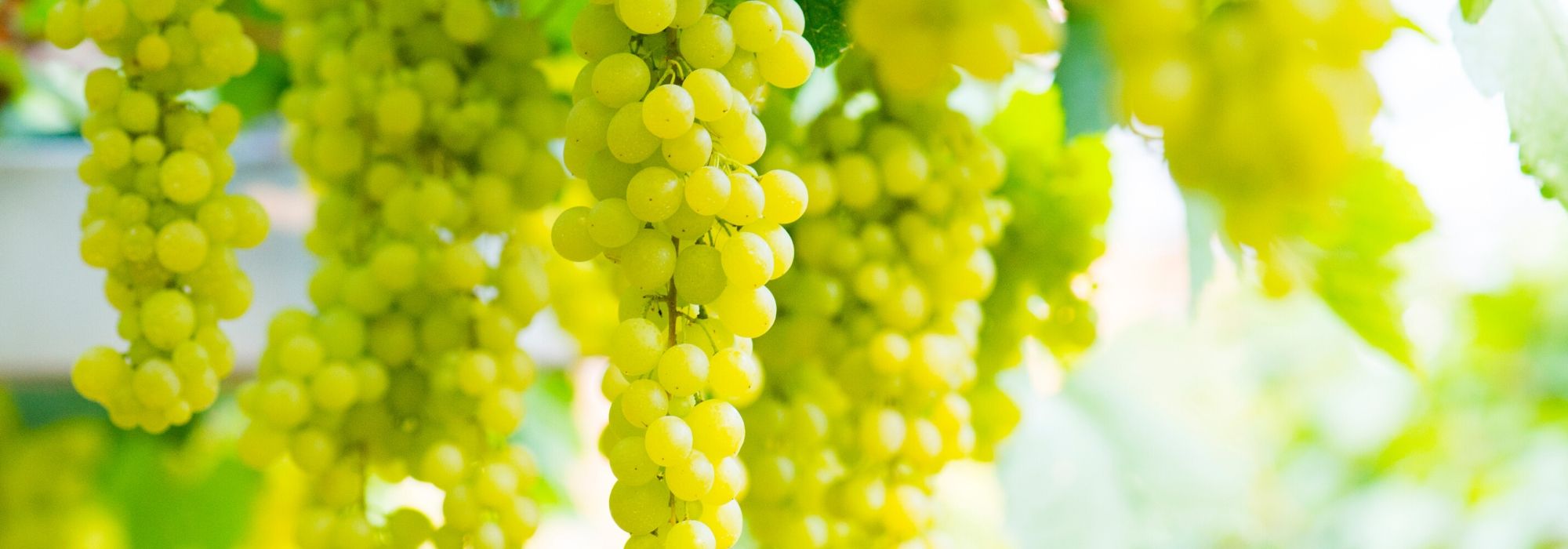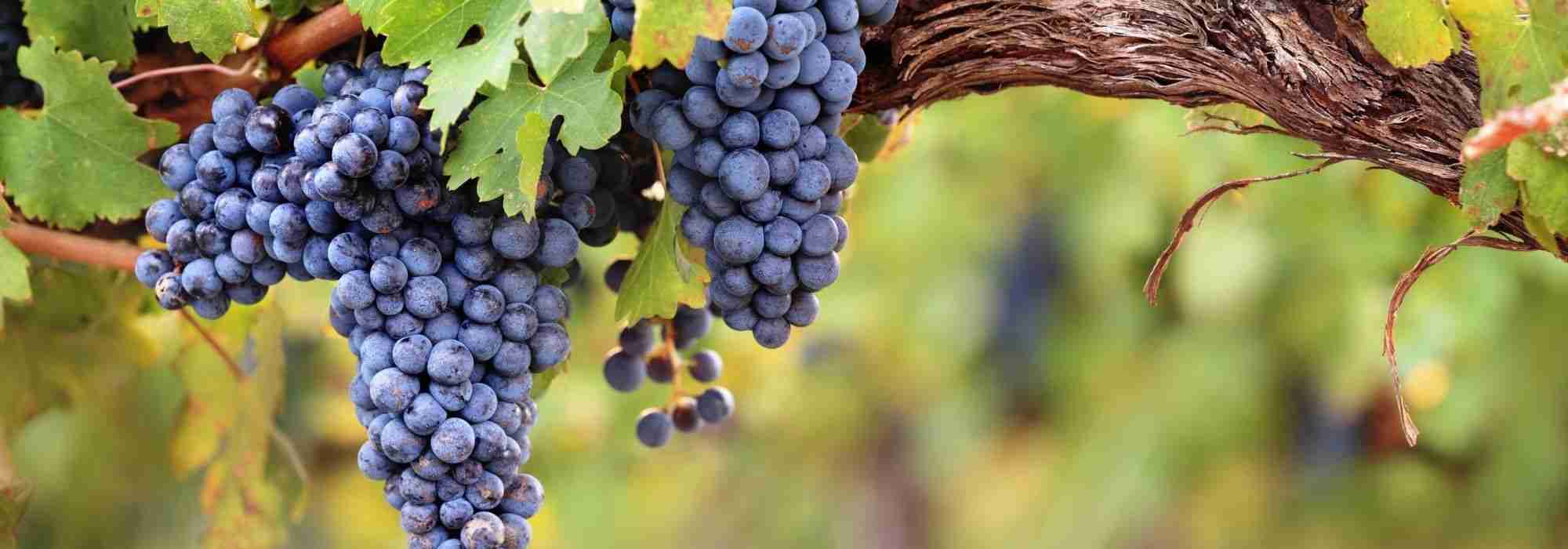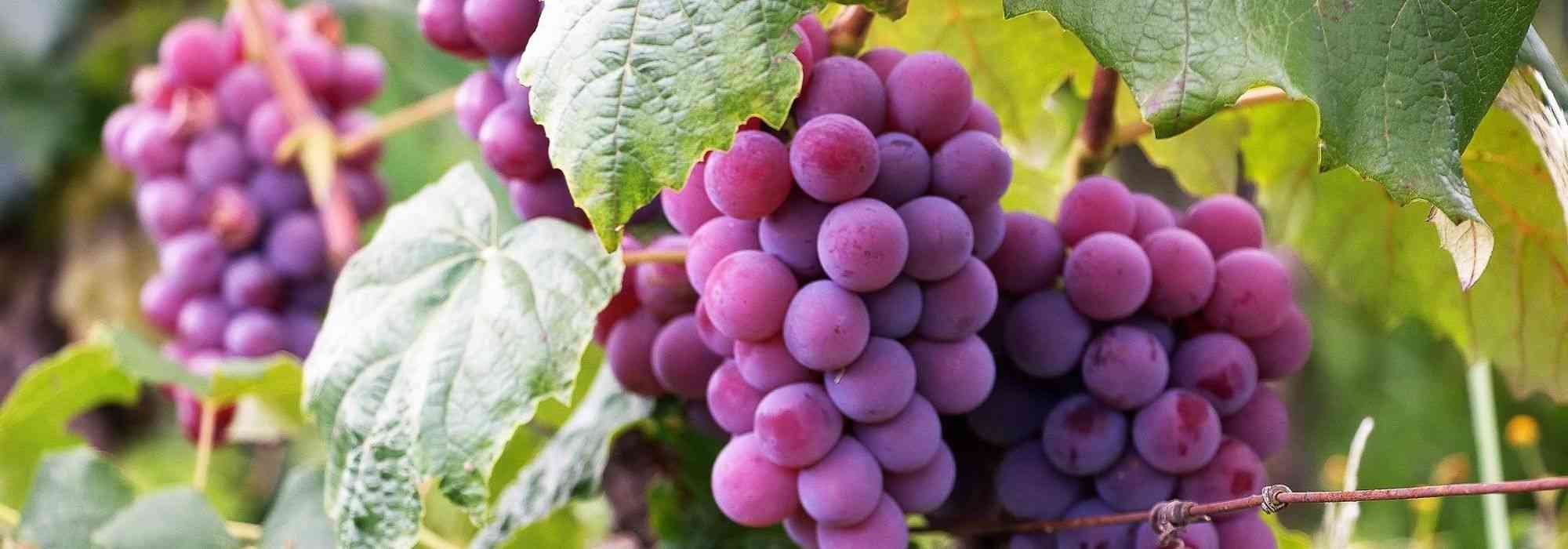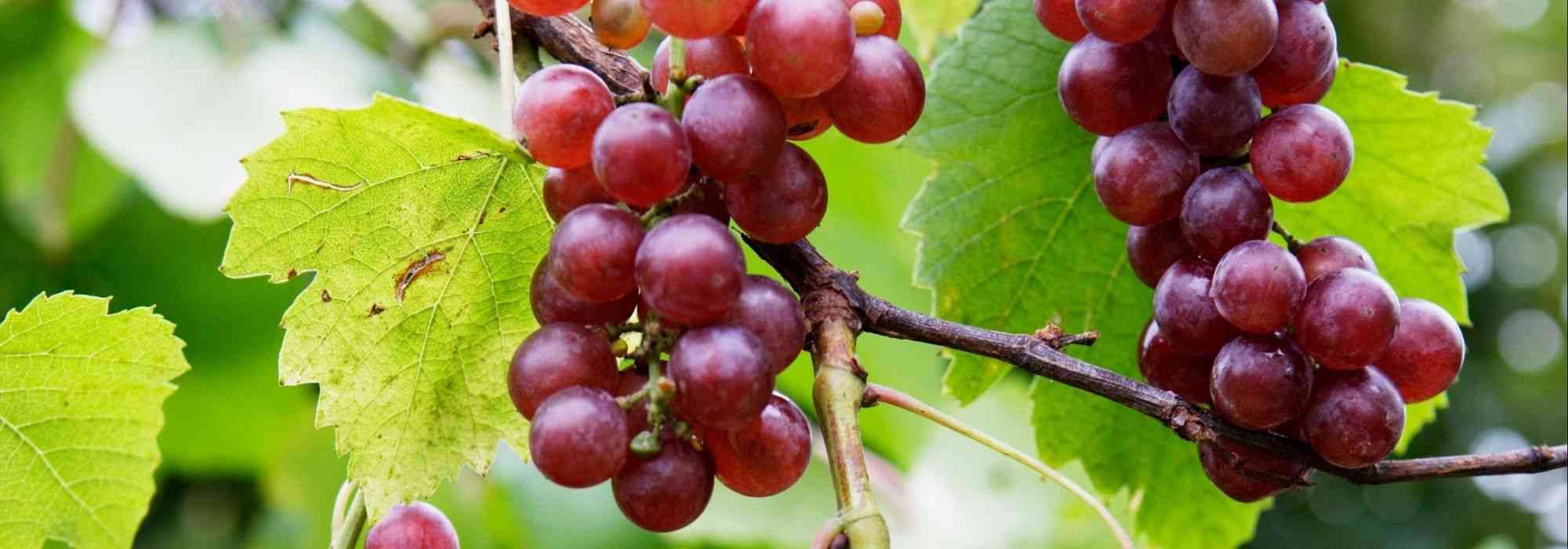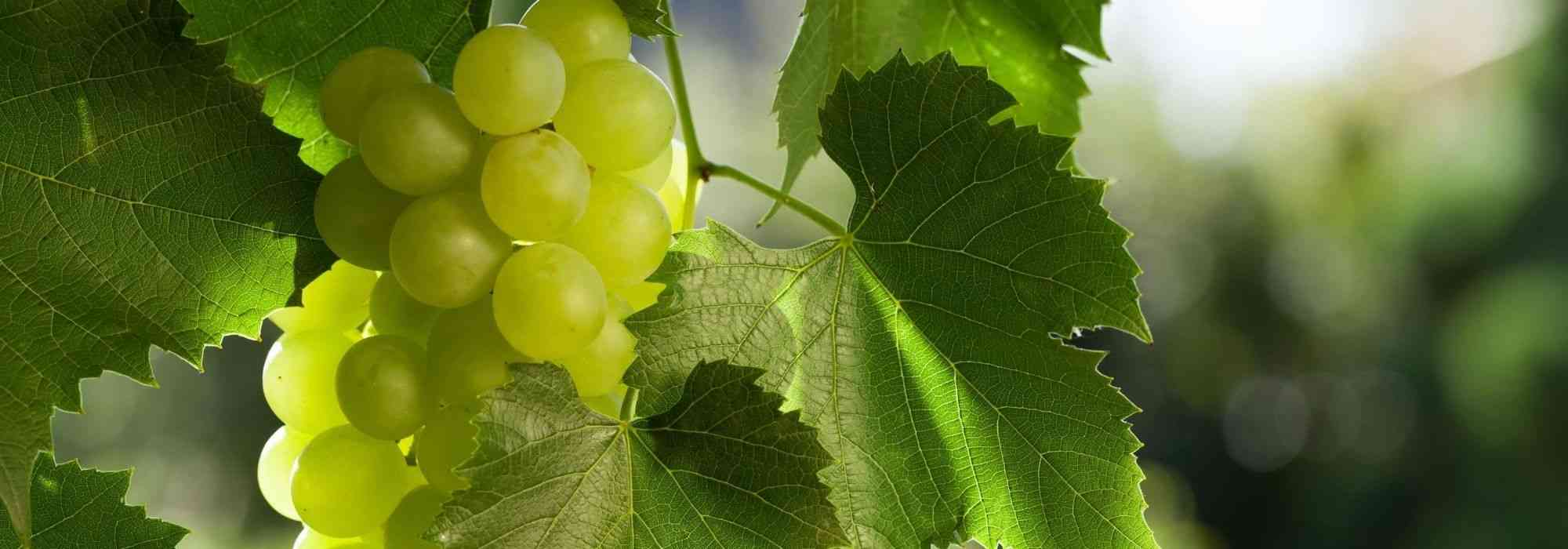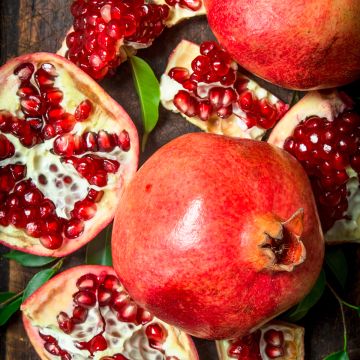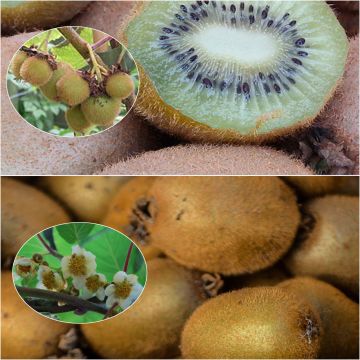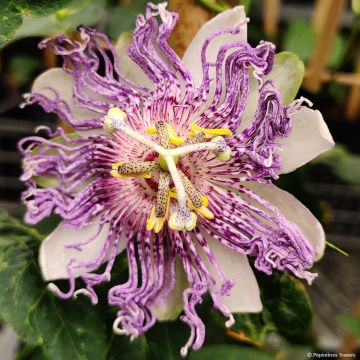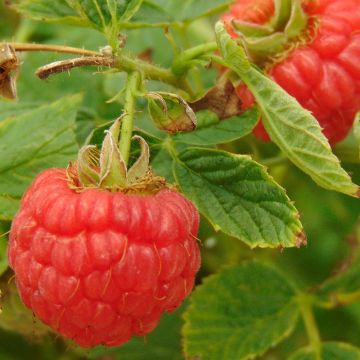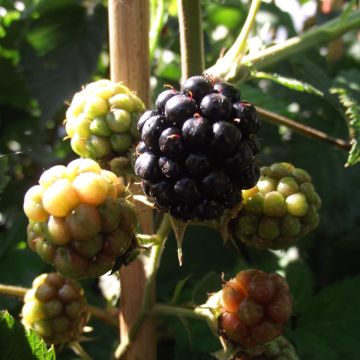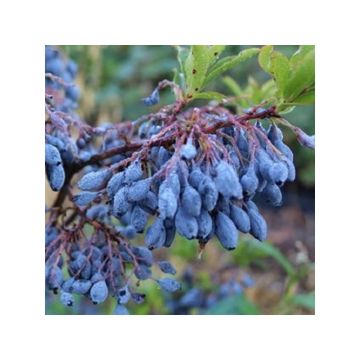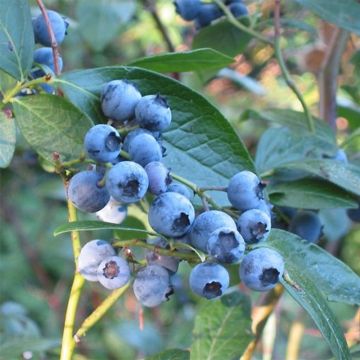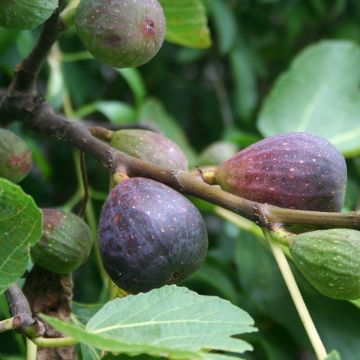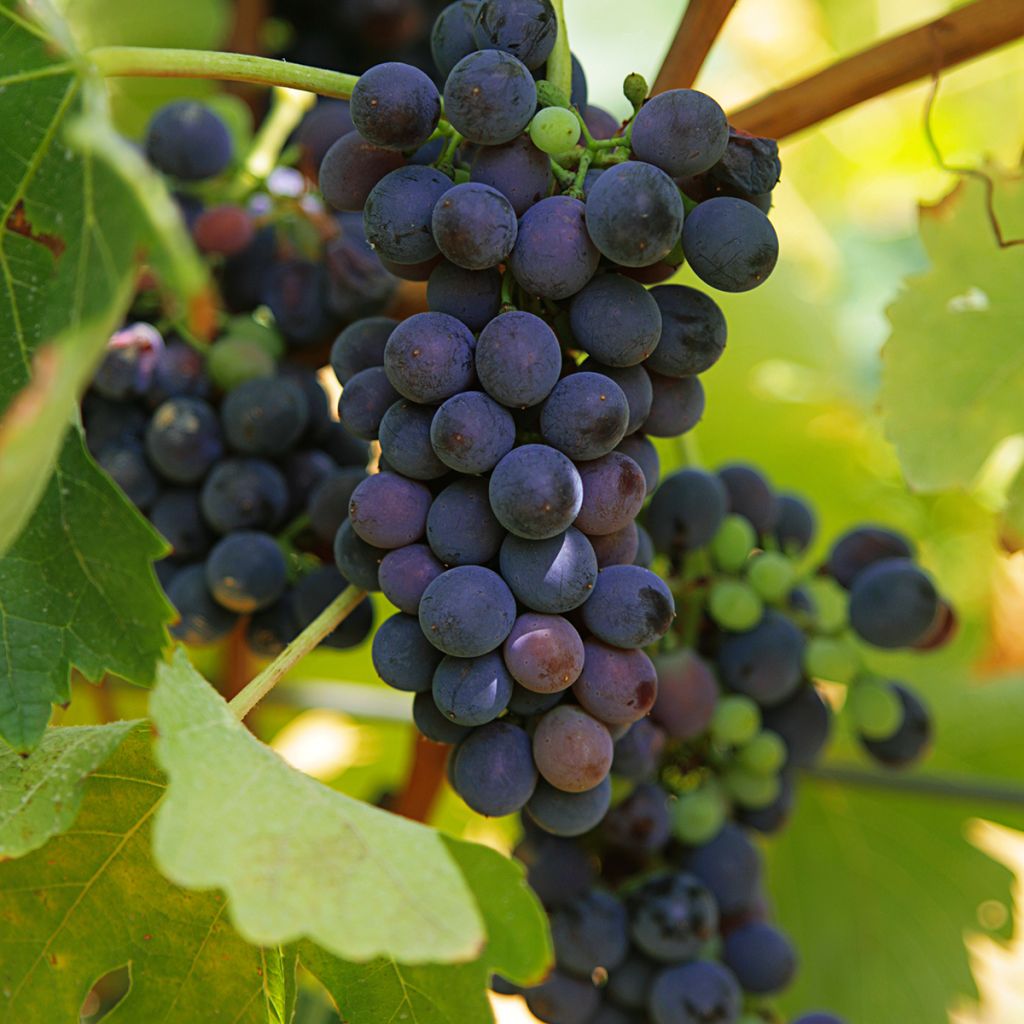

Vitis vinifera Marechal Foch - Wine and dessert grape
Vitis vinifera Marechal Foch - Wine and dessert grape
Vitis (x) vinifera Marechal Foch (188-2 Kuhlmann)
Grapevine, Common Grape Vine, European Grape, Wine Grape
Special offer!
Receive a €20 voucher for any order over €90 (excluding delivery costs, credit notes, and plastic-free options)!
1- Add your favorite plants to your cart.
2- Once you have reached €90, confirm your order (you can even choose the delivery date!).
3- As soon as your order is shipped, you will receive an email containing your voucher code, valid for 3 months (90 days).
Your voucher is unique and can only be used once, for any order with a minimum value of €20, excluding delivery costs.
Can be combined with other current offers, non-divisible and non-refundable.
Home or relay delivery (depending on size and destination)
Schedule delivery date,
and select date in basket
This plant carries a 6 months recovery warranty
More information
We guarantee the quality of our plants for a full growing cycle, and will replace at our expense any plant that fails to recover under normal climatic and planting conditions.
Description
A table or wine variety, the 'Maréchal Foch' grapevine produces cylindrical and well-filled clusters of small, spherical, blue-black berries with white-pink, juicy flesh. They can be consumed fresh or used to make juice. Their flavour is sweet and reminiscent of red berries. The harvest takes place from the end of August to September. This productive and cold-resistant variety is also resistant to diseases such as powdery mildew and phylloxera.
From the Vitaceae family, Vitis vinifera grew wild more than 5000 years ago. Over the centuries, many hybrids have been developed, improving the flavour and disease resistance of grape varieties. The 'Maréchal Foch' grapevine was created in 1911 by the Alsatian viticulturist and industrialist Eugène Kuhlmann. It is the result of cross-breeding 3 species of grapevine: Vitis vinifera (Goldriesling variety, a white grape from Alsace), Vitis riparia, and V. rupestris, the last two being American species. This grape variety can still be found in Canada, especially in Quebec, the northeastern United States, and the Netherlands.
A climbing shrub, the 'Maréchal Foch' grapevine can reach up to 3m in height; its final shape will depend on the pruning. The vine naturally clings to its support (trellis, espalier, pergola...) thanks to its tendrils and thrives in sunny locations. It requires careful pruning. It is a disease-resistant variety that can withstand winter cold and is used for wine production, juice, or as a table grape. It is productive, providing medium-sized, compact clusters. The berries are small and round, with thin, dark blue skin. The flesh is white-pink, with seeds, juicy, and especially very sweet. The flavour is reminiscent of blueberries or blackcurrants, quite similar to strawberry grapes. The clusters are harvested between late August and September, depending on the region. Its green foliage takes on fiery hues in autumn. In May, it produces discreet flower clusters.
In addition to being hardy to -30°C, this disease-resistant vine rarely needs treatments and is perfectly suited to organic gardens and permaculture. The 'Maréchal Foch' grapes are mainly used as table grapes or for making juice, either alone or combined with other varieties or fruits. Why not plant a white grape variety like Phoenix next to it, with a muscat aroma? Consider adding pomegranate, which will bring a tangy touch to your grape juice, with the Provence pomegranate tree (Punica granatum Provence).
Vitis vinifera Marechal Foch - Wine and dessert grape in pictures
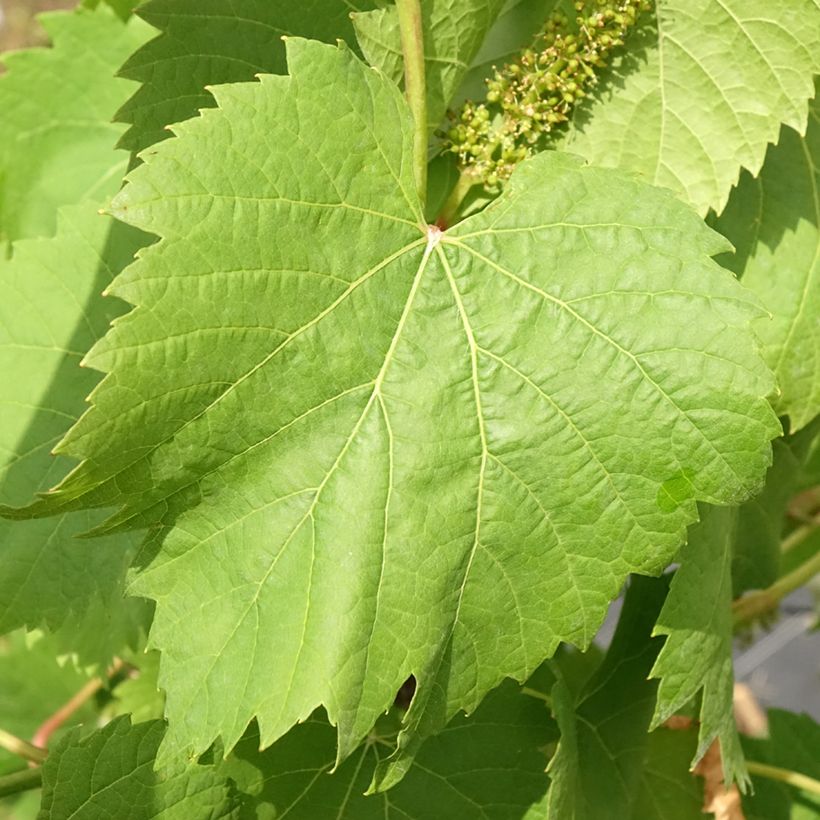

Plant habit
Fruit
Flowering
Foliage
Botanical data
Vitis
(x) vinifera
Marechal Foch (188-2 Kuhlmann)
Vitaceae
Grapevine, Common Grape Vine, European Grape, Wine Grape
Vitis 188-2 Kuhlmann
Cultivar or hybrid
Planting and care
Plant the Maréchal Foch vine in autumn, in a deep, well-drained soil, even rocky and slightly chalky, in full sun and sheltered from strong winds. Incorporate 3 or 4 handfuls of fruit tree fertiliser and 2 kg of well-rotted manure for each vine-plant. The roots should not come into contact with the manure. After planting, prune above 2 large buds to encourage the growth of two branches. Keep the most vigorous one and tie it to a stake. This will be followed by the training pruning called "vertical cordon".
There is no need for regular fertiliser application. Simply enrich the soil with potash, crushed horn or iron chelate, every 2 to 3 years.
Planting period
Intended location
Care
Planting & care advice
This item has not been reviewed yet - be the first to leave a review about it.
Similar products
Haven't found what you were looking for?
Hardiness is the lowest winter temperature a plant can endure without suffering serious damage or even dying. However, hardiness is affected by location (a sheltered area, such as a patio), protection (winter cover) and soil type (hardiness is improved by well-drained soil).

Photo Sharing Terms & Conditions
In order to encourage gardeners to interact and share their experiences, Promesse de fleurs offers various media enabling content to be uploaded onto its Site - in particular via the ‘Photo sharing’ module.
The User agrees to refrain from:
- Posting any content that is illegal, prejudicial, insulting, racist, inciteful to hatred, revisionist, contrary to public decency, that infringes on privacy or on the privacy rights of third parties, in particular the publicity rights of persons and goods, intellectual property rights, or the right to privacy.
- Submitting content on behalf of a third party;
- Impersonate the identity of a third party and/or publish any personal information about a third party;
In general, the User undertakes to refrain from any unethical behaviour.
All Content (in particular text, comments, files, images, photos, videos, creative works, etc.), which may be subject to property or intellectual property rights, image or other private rights, shall remain the property of the User, subject to the limited rights granted by the terms of the licence granted by Promesse de fleurs as stated below. Users are at liberty to publish or not to publish such Content on the Site, notably via the ‘Photo Sharing’ facility, and accept that this Content shall be made public and freely accessible, notably on the Internet.
Users further acknowledge, undertake to have ,and guarantee that they hold all necessary rights and permissions to publish such material on the Site, in particular with regard to the legislation in force pertaining to any privacy, property, intellectual property, image, or contractual rights, or rights of any other nature. By publishing such Content on the Site, Users acknowledge accepting full liability as publishers of the Content within the meaning of the law, and grant Promesse de fleurs, free of charge, an inclusive, worldwide licence for the said Content for the entire duration of its publication, including all reproduction, representation, up/downloading, displaying, performing, transmission, and storage rights.
Users also grant permission for their name to be linked to the Content and accept that this link may not always be made available.
By engaging in posting material, Users consent to their Content becoming automatically accessible on the Internet, in particular on other sites and/or blogs and/or web pages of the Promesse de fleurs site, including in particular social pages and the Promesse de fleurs catalogue.
Users may secure the removal of entrusted content free of charge by issuing a simple request via our contact form.
The flowering period indicated on our website applies to countries and regions located in USDA zone 8 (France, the United Kingdom, Ireland, the Netherlands, etc.)
It will vary according to where you live:
- In zones 9 to 10 (Italy, Spain, Greece, etc.), flowering will occur about 2 to 4 weeks earlier.
- In zones 6 to 7 (Germany, Poland, Slovenia, and lower mountainous regions), flowering will be delayed by 2 to 3 weeks.
- In zone 5 (Central Europe, Scandinavia), blooming will be delayed by 3 to 5 weeks.
In temperate climates, pruning of spring-flowering shrubs (forsythia, spireas, etc.) should be done just after flowering.
Pruning of summer-flowering shrubs (Indian Lilac, Perovskia, etc.) can be done in winter or spring.
In cold regions as well as with frost-sensitive plants, avoid pruning too early when severe frosts may still occur.
The planting period indicated on our website applies to countries and regions located in USDA zone 8 (France, United Kingdom, Ireland, Netherlands).
It will vary according to where you live:
- In Mediterranean zones (Marseille, Madrid, Milan, etc.), autumn and winter are the best planting periods.
- In continental zones (Strasbourg, Munich, Vienna, etc.), delay planting by 2 to 3 weeks in spring and bring it forward by 2 to 4 weeks in autumn.
- In mountainous regions (the Alps, Pyrenees, Carpathians, etc.), it is best to plant in late spring (May-June) or late summer (August-September).
The harvesting period indicated on our website applies to countries and regions in USDA zone 8 (France, England, Ireland, the Netherlands).
In colder areas (Scandinavia, Poland, Austria...) fruit and vegetable harvests are likely to be delayed by 3-4 weeks.
In warmer areas (Italy, Spain, Greece, etc.), harvesting will probably take place earlier, depending on weather conditions.
The sowing periods indicated on our website apply to countries and regions within USDA Zone 8 (France, UK, Ireland, Netherlands).
In colder areas (Scandinavia, Poland, Austria...), delay any outdoor sowing by 3-4 weeks, or sow under glass.
In warmer climes (Italy, Spain, Greece, etc.), bring outdoor sowing forward by a few weeks.






























